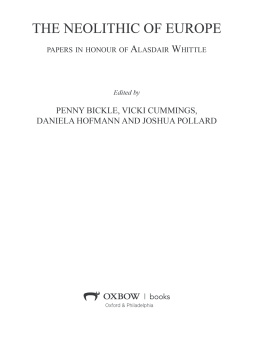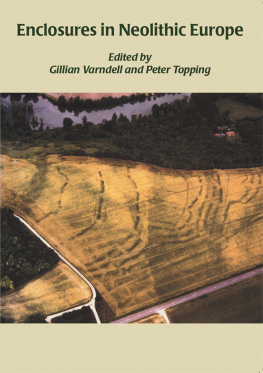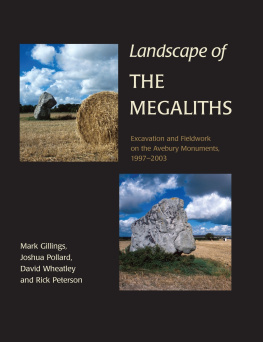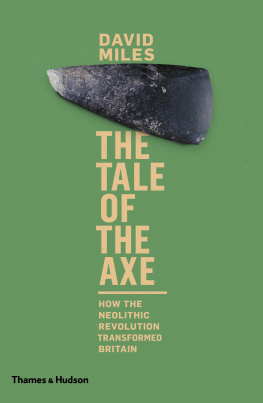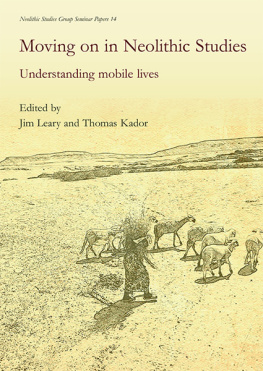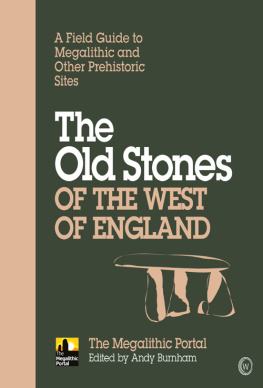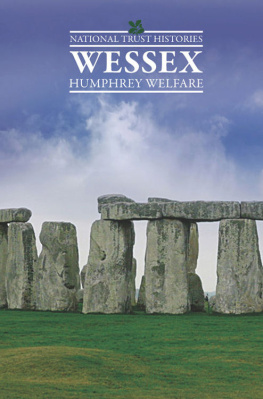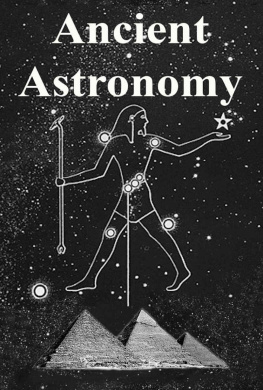Acknowledgements
I have relied heavily on the archaeological work conducted on the Avebury monuments, especially the recently obtained dates for Silbury Hill and the Longstones Cove. I have also relied upon the work of pioneering archaeoastronomers: Alexander Thom, Gerald Hawkins, Edwin Krupp, John North, Euan Mackie, Aubrey Burl, Anthony Aveni, Robin Heath, Michael Hoskins and many others. Over half a century ago, when Alexander Thom extended his research to include stellar alignments, these were highly controversial. Today, however, just as a new generation of anthropologists is gathering detailed evidence of the stellar knowledge of aboriginal cultures, so archaeoastronomers are meticulously showing how this knowledge influenced the designs of prehistoric monuments.2 While we cannot recover the precise meanings Neolithic monument-builders attributed to what they saw in the sky, it is now possible to include the stars among the celestial phenomena they were observing most closely.
As a result of leading archaeoastronomers helpful explanations of the rudiments of early visual astronomy, and anthropologists explanations of the dynamic relationship between indigenous people and the heavens, we no longer see the Neolithic monuments as observatories and their users as astronomer priests.3 The late historian of science John North, in his 1996 landmark book Stonehenge: Neolithic Man and the Cosmos, did not see the Neolithic monuments as astronomical observatories built to discover the patterns of behaviour of the Sun, Moon or stars but rather built to embody those patterns, already known in broad outline, in a religious architecture.4 North went on to show, in meticulous detail, how frequently alignments to the stars can be found in henges, long barrows, avenues, stone circles and other prehistoric, yet clearly religious monuments of Southern Britain.
Thanks to the work of researchers like Thom, Aveni and North, the question is no longer: were the Neolithic builders of Avebury henge watching the heavens, but rather: who were these people who intentionally embodied the patterns of Sun, Moon and stars into the building of Avebury? If we can begin to decipher these patterns, we can try to identify the missing language, narratives and the intentions of these extraordinary people.
The accuracy of this book is only as good as my ability to understand some very difficult topics and use some rather complex software. Although tramping through fields and close Ordnance Survey work was essential to this research, without theodolite surveys, the astronomical alignments must remain provisional and the diagrams are approximate not exact.5 An ancient history and anthropology degree from University College London shaped my understanding of prehistory; yet a long-standing study of our native and ancient traditions, together with my own spiritual practice, has been just as important in deepening my respect and reverence for ancient British lore. The software I used in the preparation of this book was Redshift and Starry Night Pro. Dates are given as BCE, before the common era, or CE, the common era to avoid the confusion of BP, before the present, and the implicit theism of BC and AD. I give distances in miles, yards and feet out of respect to naturally occurring measures and ratios used by ancient peoples. As celestial measures are given as azimuths, i.e., degrees clockwise around the horizon from north, I have had to consider the altitude of sky objects, the elevation of the horizon, calendrical and orbital changes, extinction angles and refractionalthough I have not always stated this in the text.
As it is impossible here to provide a full picture, of either Avebury, ancient astronomy or the Neolithic era, I urge the interested reader to seek out the relevant texts, some of which are listed in the bibliography. Credit is due again to the excellent research on the part of the many specialists upon which this book depends, and above all, to the sustained contribution of Dr Philippa Berry. It is to her and our remarkable ancestors, the Neolithic star-watchers, that I dedicate this book.
Appendix 1
Precession
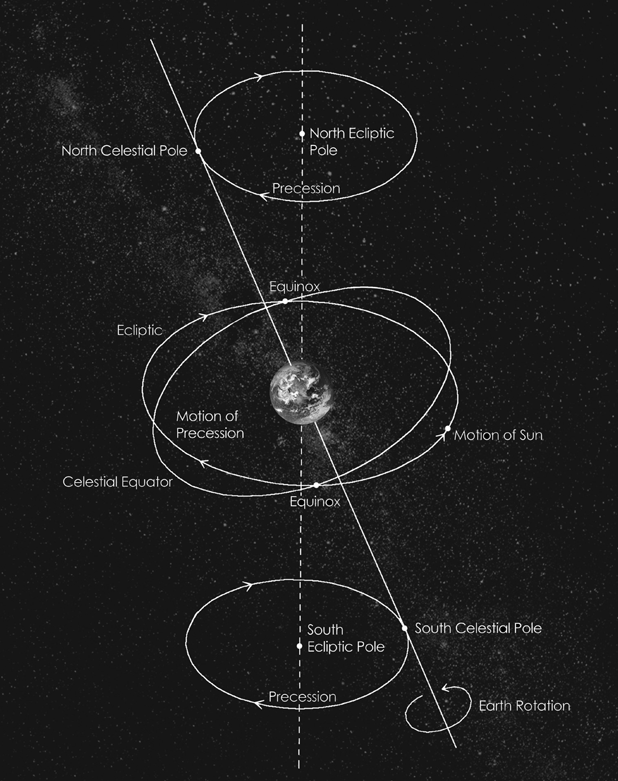
Figure 51. Largely due to the tug of the Moon, the axis of rotation of the Earth turns around the axis of the solar systemthe ecliptic formed between the orbit of the Earth and the Sunover a cycle of about 26,000 years. As the Earth always maintains the same inclination toward the Sun, one effect of these rotations is that the seasonsmost conspicuously marked by the equinoxes and the solsticesslowly move around the celestial sphere, changing their relationship to the backdrop of the fixed stars. Thus an equinox sunrise that takes place in a one-twelfth segment of the celestial sphere, marked by a sign of the Zodiac, will take place in another sign about every 2,200 years.
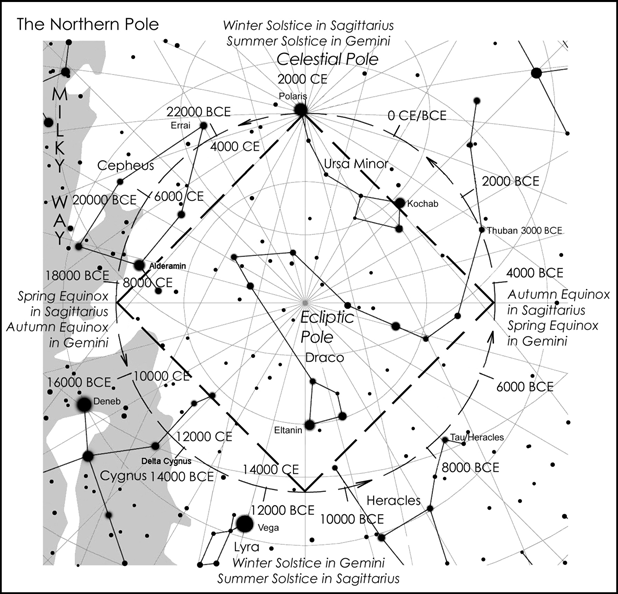
Figure 52. The celestial poles trace a circle around the sky that can be measured against the stars of the celestial sphere. Every 6,500 years the Northern Celestial Pole, marked by Polaris today, rotates a quarter turn. Thuban ( draconis) marked the Pole around 3000 BCE. The Sun, on the path of the ecliptic plane, always crosses the Galactic Equator in the same two places in the sky, but due to precession, the time or season of the year this occurs will change. This diagram shows the times when the solstices and the equinoxes are upon the two crossing-points of the ecliptic and the galactic equator in relation to the Northern Celestial Pole. In the current era, for example, the winter solstice Sun is rising in Sagittarius, over the centre of the Milky Way, and the summer solstice Sun is rising in Gemini, over the galactic anticentre. 6,500 years ago, the spring equinox Sun was rising in Gemini and the autumn equinox Sun in Sagittarius, and so on. The diagram suggests a four-fold division of the Great Year based upon the seasonal position of the Sun on the crossroads of the ecliptic and the Milky Way as well as the inclination of the celestial axis to the galaxy. Note the relationship of the constellation Draco to the ecliptic pole.
The Earth rotates daily and orbits the Sun annually. These two circuits define the day and the year. The rotating Earth is inclined to the eclipticthe plane of its orbit around the Sun at an angle of approximately 23.5 degrees. The Earth always presents the same inclination to the Sun. Thus, as the Earth orbits the Sun, it receives light and warmth accordingly in the two hemispheres, giving them their annual seasons. As the Earth orbits the Sun, the position of the Sun appears to move annually in relation to the stars that form the backdrop of the celestial sphere, always appearing to rise about one degree slightly before the point it rose the previous morning. After about 30 days and 30 the Sun will move from one sign of the Zodiac to another over the course of the year, moving counterclockwise through the sky.
The celestial Zodiac or the circle of animals is the broad band of stars through which the Sun, Moon and planets appear to travel. It is customarily divided into 360 and twelve segments (of 30), while the year itself is divided into twelve months. The stars of the celestial sphere are so distant that we call them the fixed stars, as opposed to the wandering stars or the planets. The fixed stars always appear to move from the same point A to B, never deviating from their course.
The Sun would always appear in the same house of the Zodiac or part of the celestial sphere at the same time of the year were it not for the fact that the axis of the Earth maintains a constant inclination of 23.5 degrees to the ecliptic. This causes the Earth to make a complete rotation around the ecliptic pole approximately every 26,000 years. See Figures 51 and 52. The key to understanding these movements is to keep in mind that while rotating day and night around another axis that is always tilted at the same inclination to the Sun, the Earth is also slowly rotating, like a top or gyroscope, around the axis formed by the ecliptic of the Earth and Sun. The result of this rotation is that the stars appear to very slowly precess or move forward in relation to the Suns seasonal positions. After a couple of thousand years, the stars and constellations rise about a month later; after 13,000 years, the house of the Zodiac that the Sun formerly rose in midsummer, will now be in midwinter.








